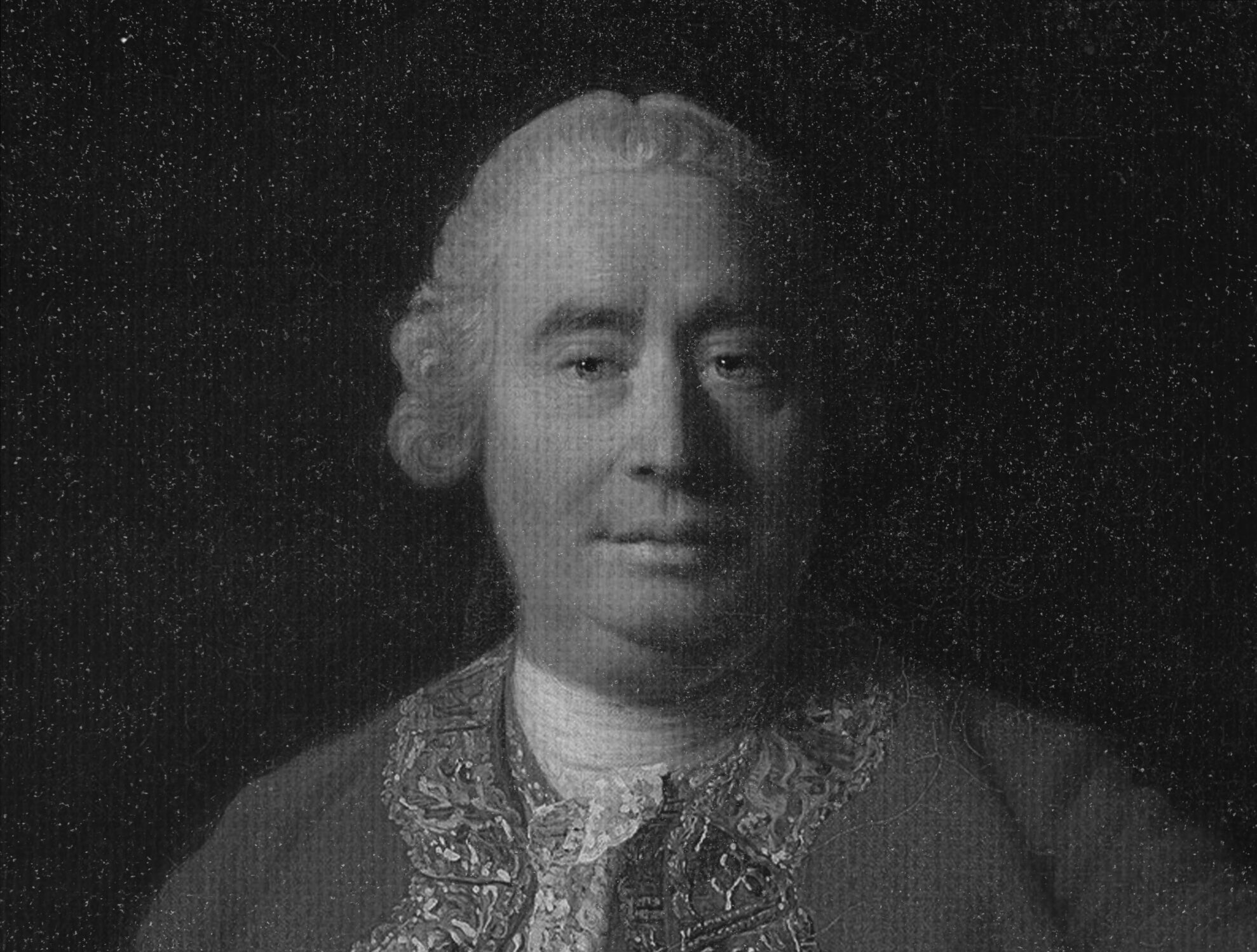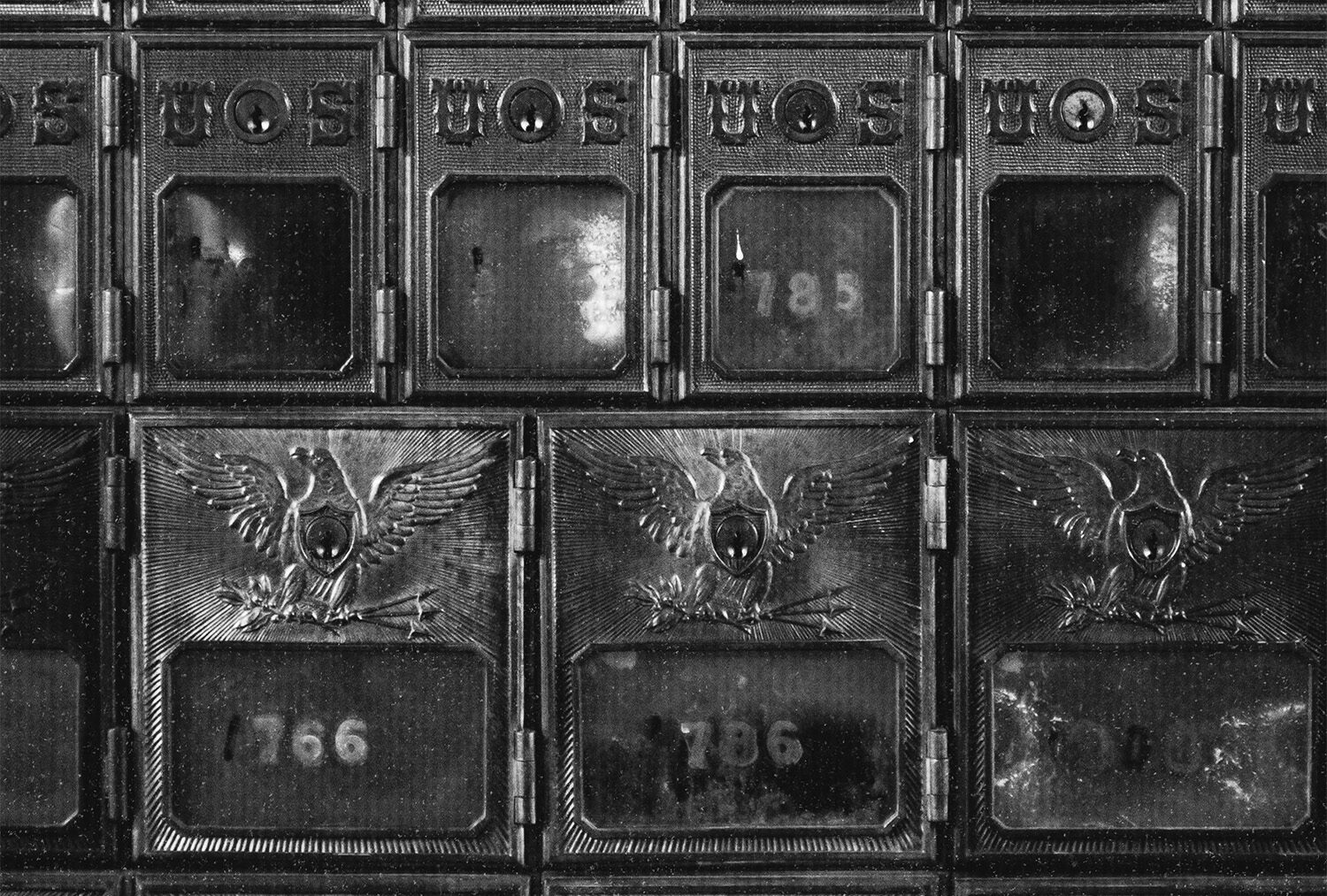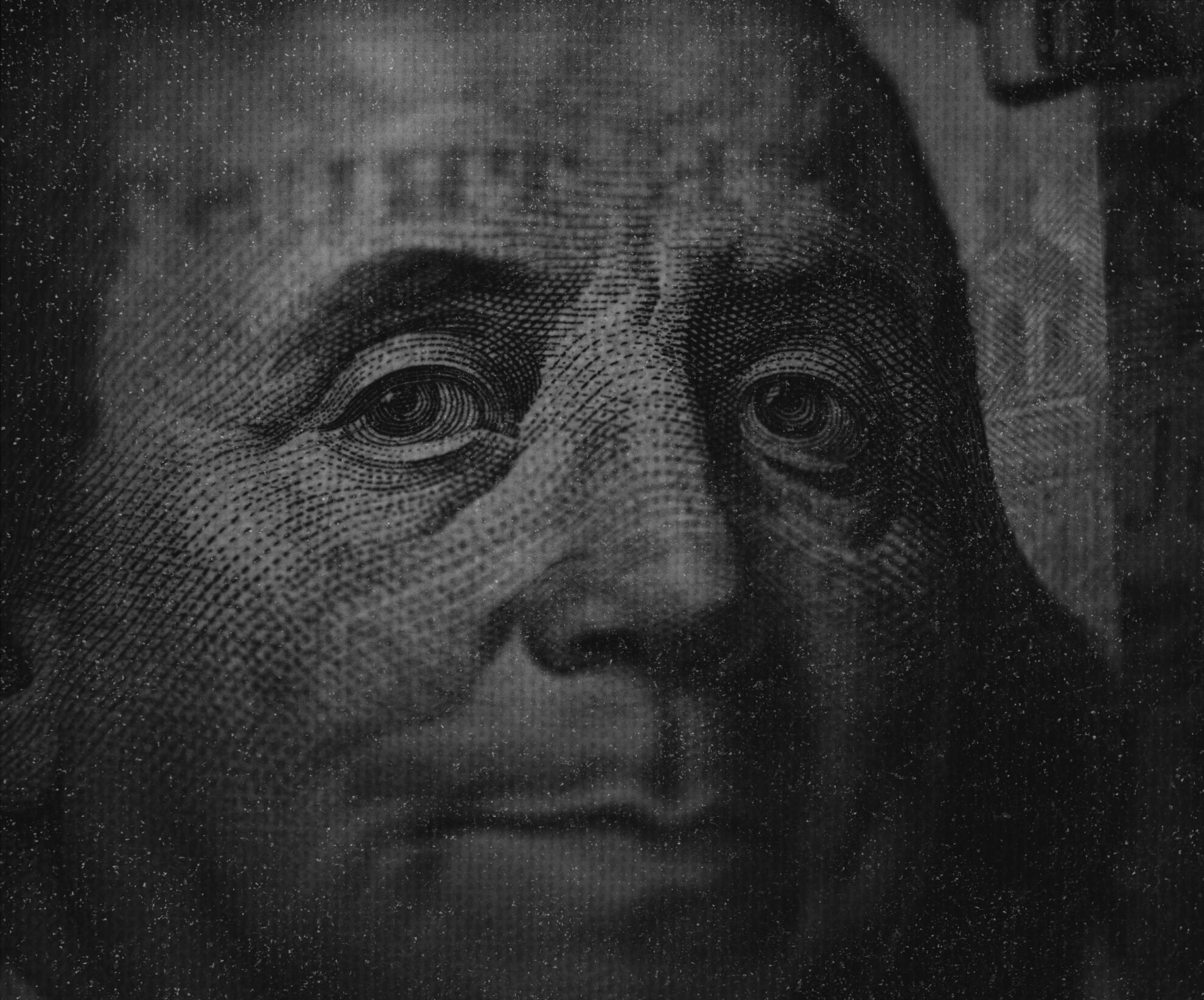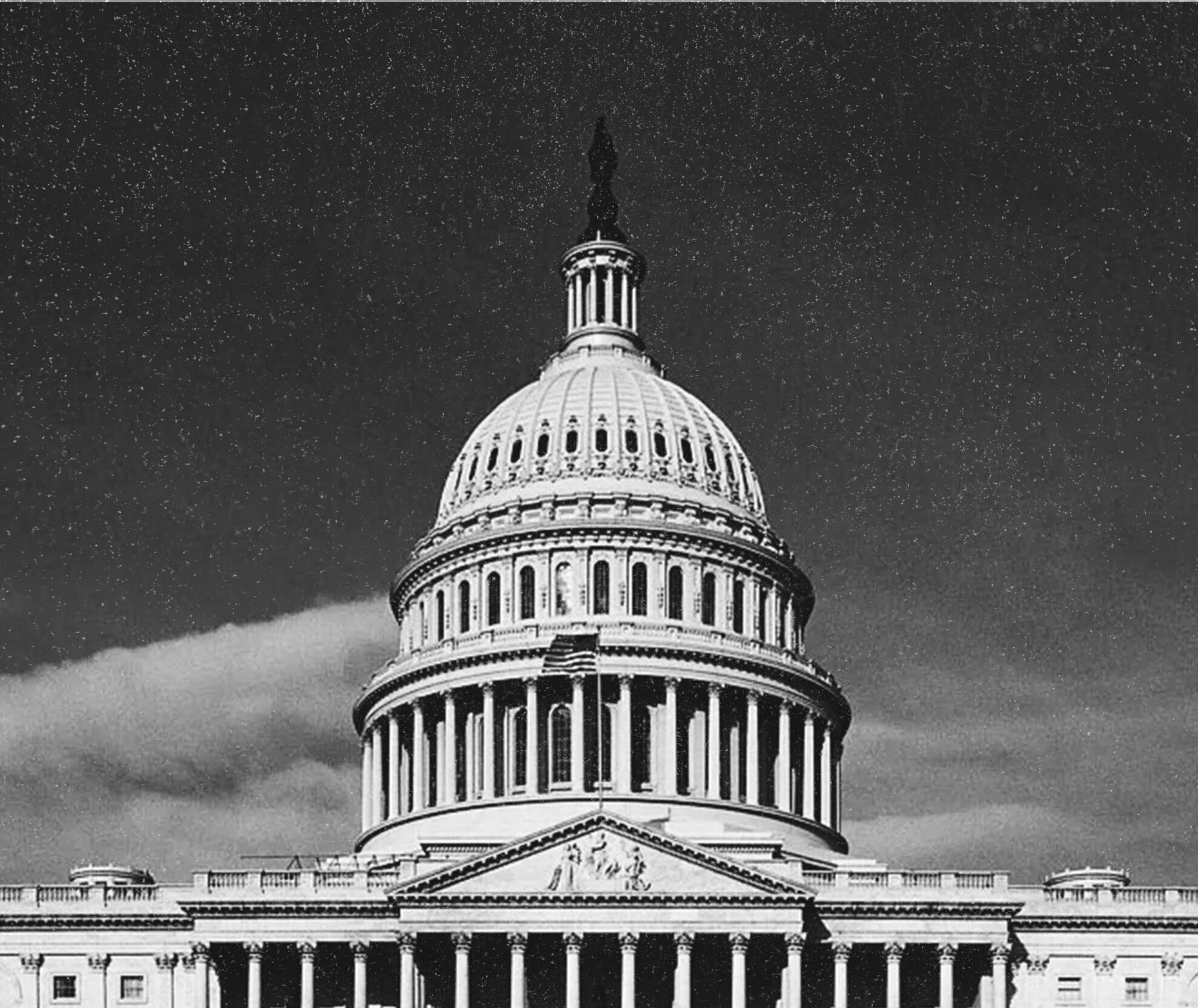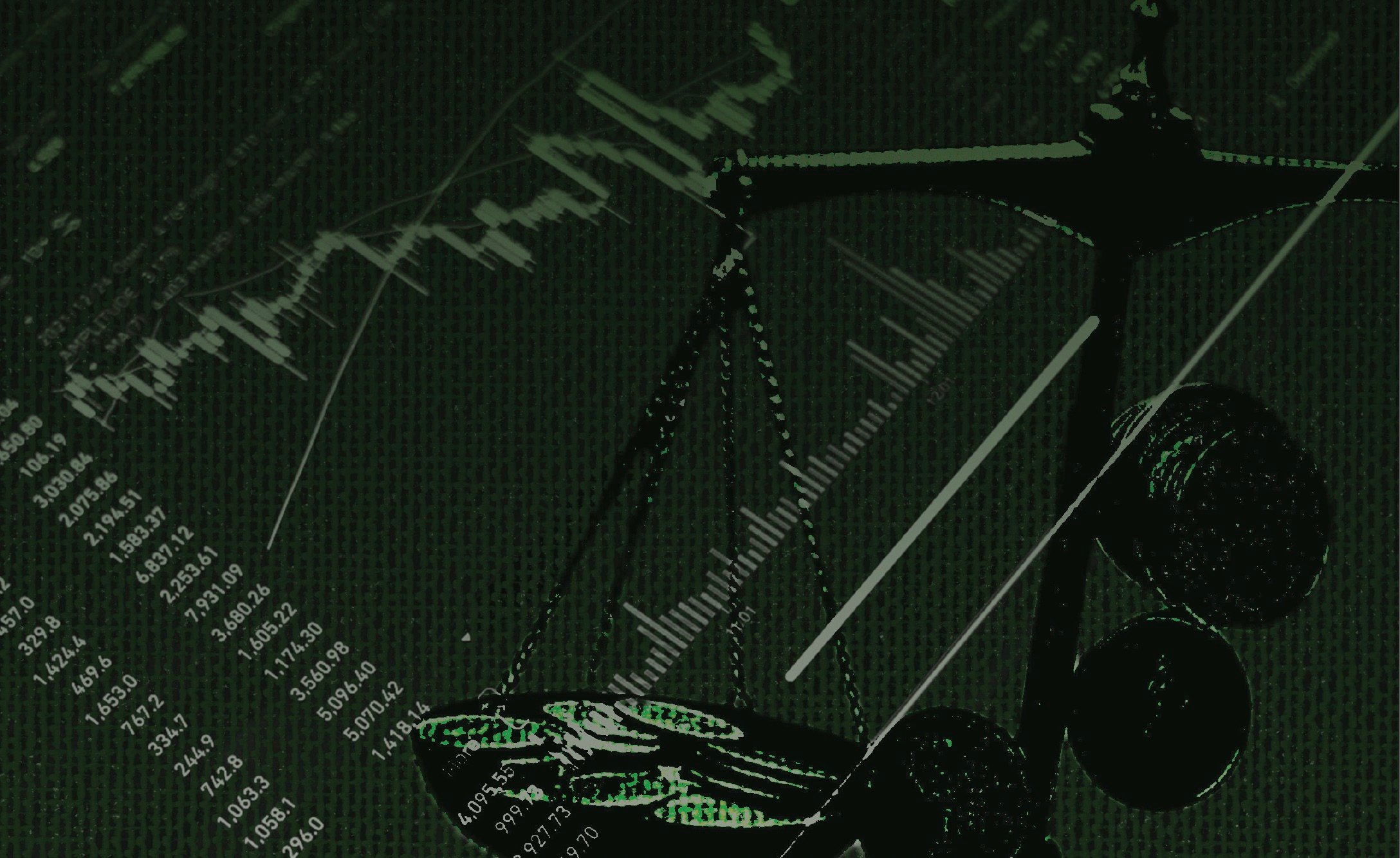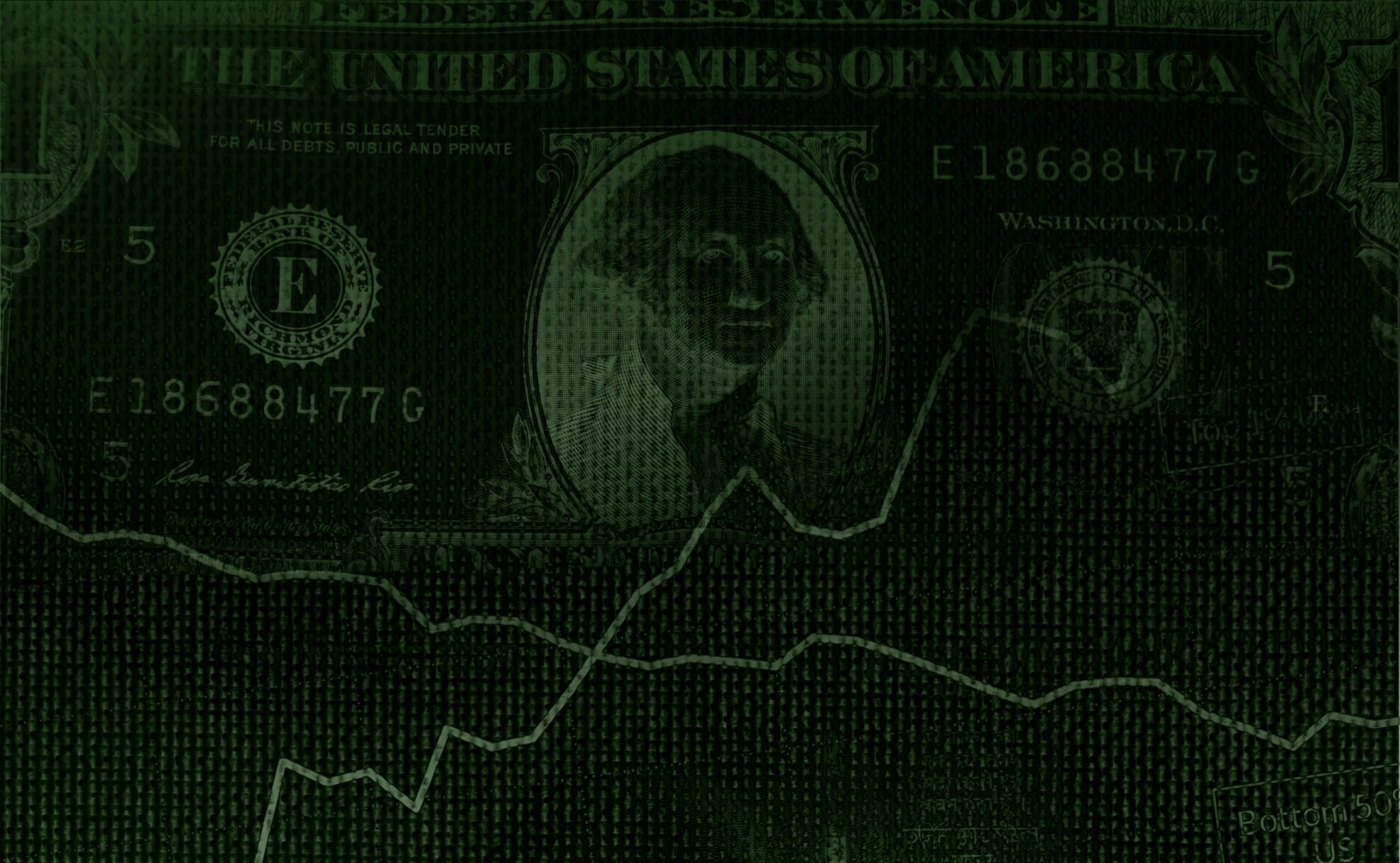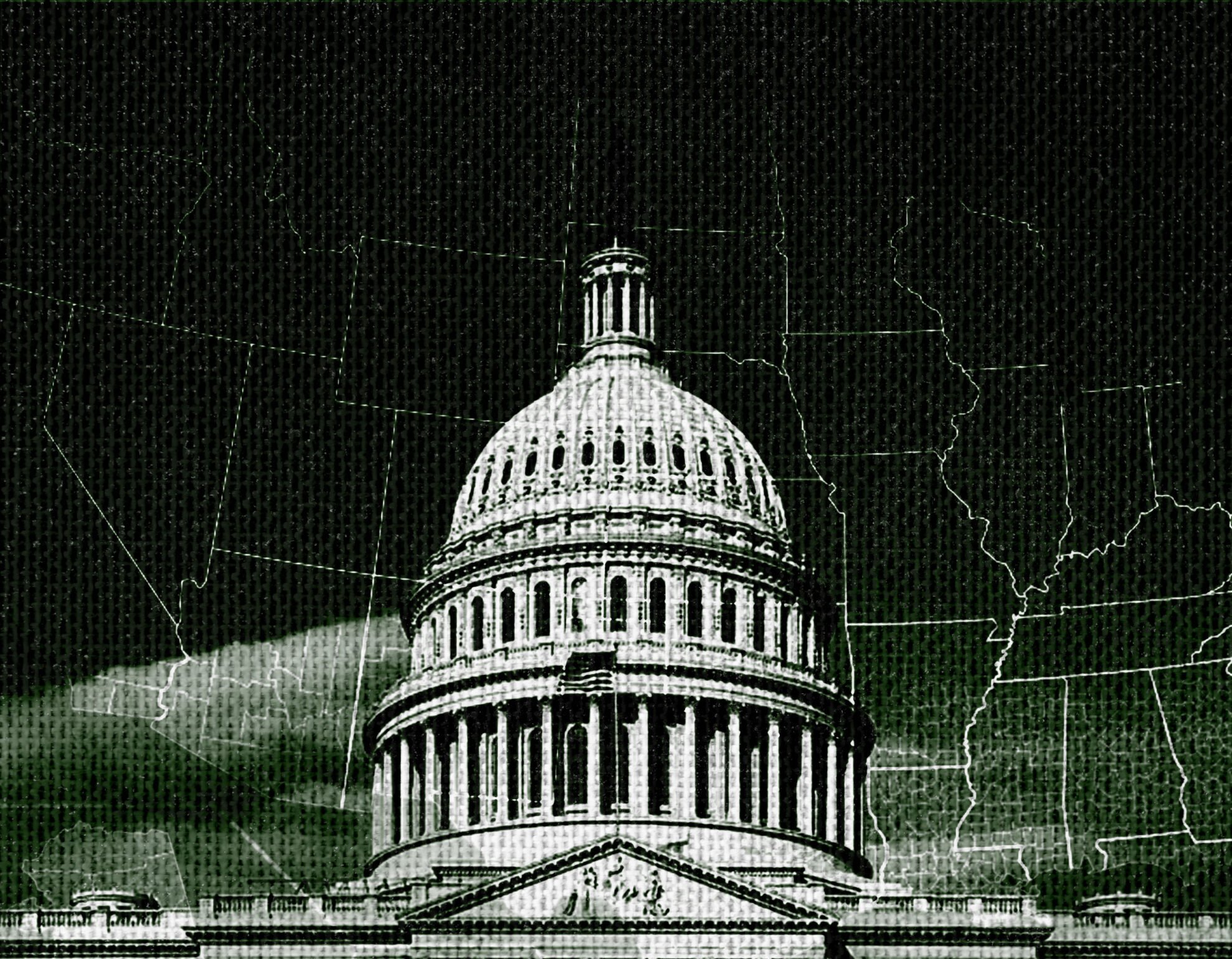Explainers
What the End of the Chevron Doctrine Means
Paul Mueller explains how the regulatory environment and economy changes with the end of the Chevron Doctrine.
What is Central Bank Independence?
The explainer defines central bank independence, describes its theoretical desirability, and reviews classic and contemporary studies on how central bank independence affects key macroeconomic variables.
Who Really Sets Tariffs—and How?
In this Explainer, we’ll seek to understand what tariffs are, who gets to set them, and under what conditions.
The Economic Tradeoffs of Property Tax Reform
How do property taxes work in the United States, and what are their economic consequences?
How Currency Shapes Global Trade: Exchange Rates, Investment, and Stability
Free trade and free markets promote sound money, as countries compete for business and investment.
Do the Rich Pay Their Fair Share of Taxes?
Research Fellow Thomas Savidge digs into tax data to answer a frequently echoed question.
The Economics of the Minimum Wage: Myths, Facts, and Consequences
This explainer offers a comprehensive analysis of the minimum wage, exploring its history, mechanics, intended goals, and real-world economic impact.
Financing the Federal Government: How Government Takes & Spends Your Money
This Explainer will cover where the government takes revenue from, how it spends those dollars, how it prioritizes spending, and what’s projected for the future.
What, Exactly, Are Negative Externalities?
Economics textbooks feature a coherent theory of how markets can allocate scarce resources in ways that achieve what is plausibly described as maximum possible human satisfaction.
Understanding Trade Balances and What to Do About Them
Prior to 1976, the United States experienced modest trade surpluses. Since then, the US has seen nothing but trade deficits.
Understanding Thomas Piketty’s Capital in the 21st Century
In the past decade, the theoretical and empirical arguments of French economist Thomas Piketty have attracted widespread attention.
The State of Competitive Federalism
We face a mixed picture for the recovery of competitive federalism.




